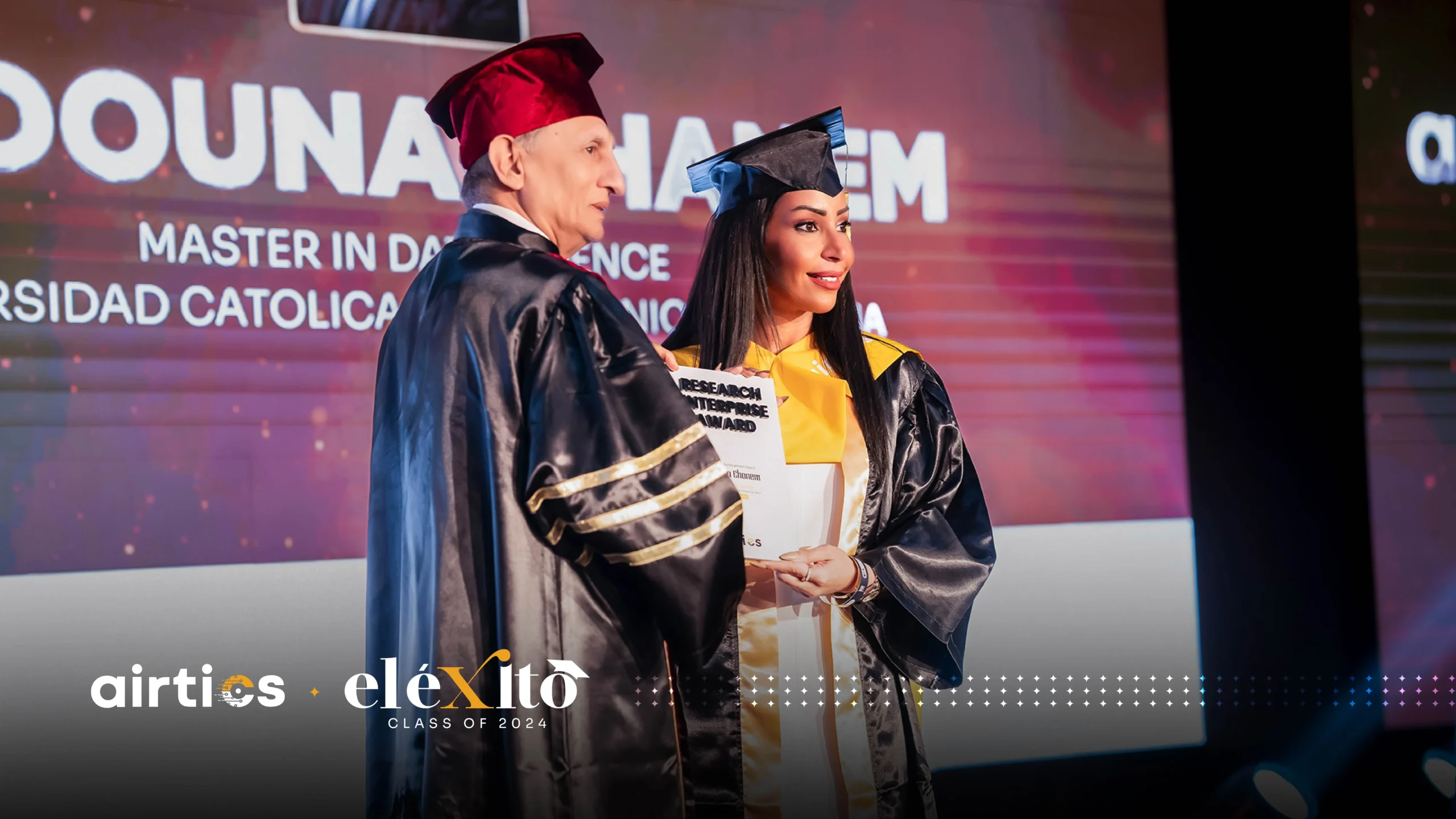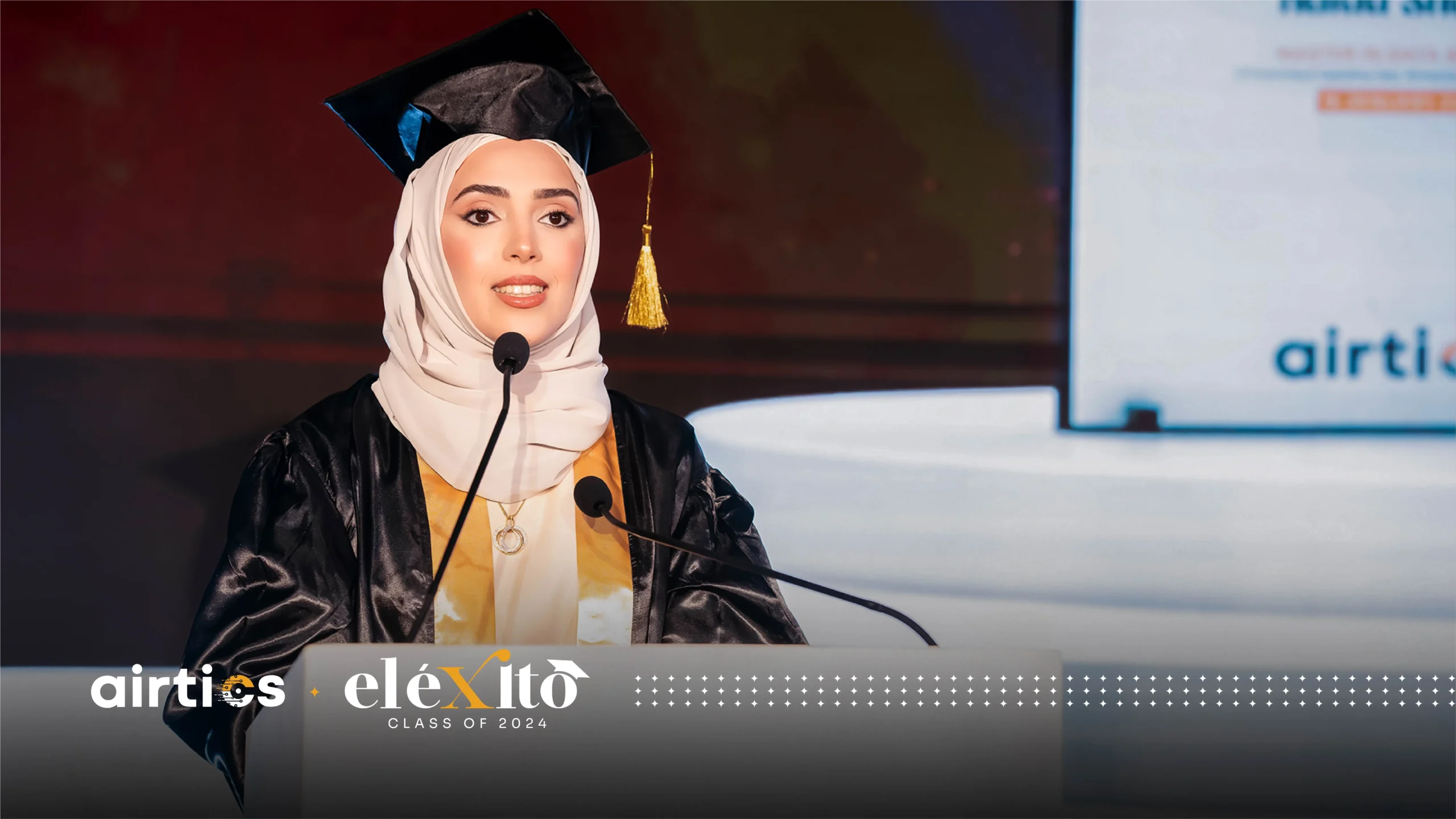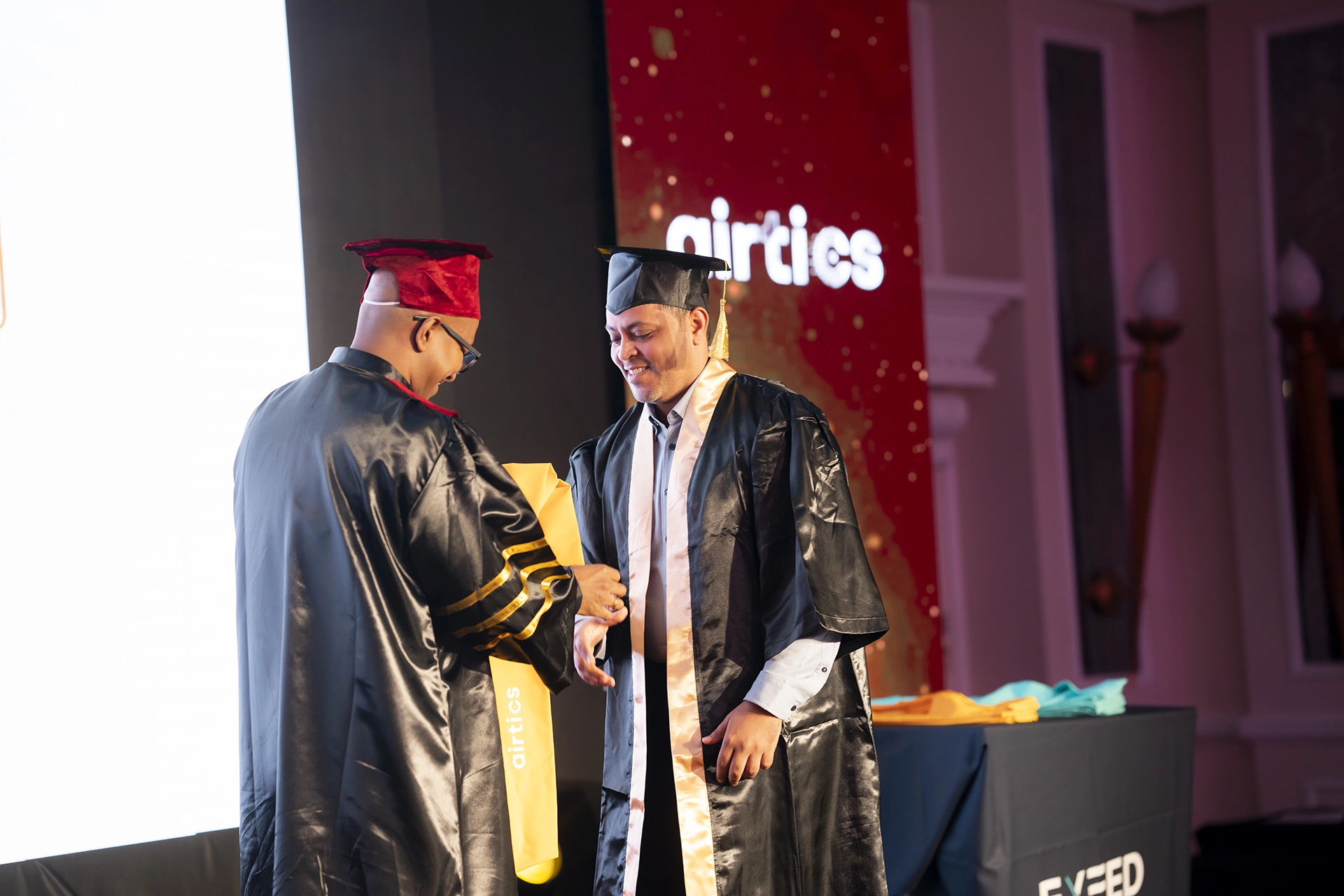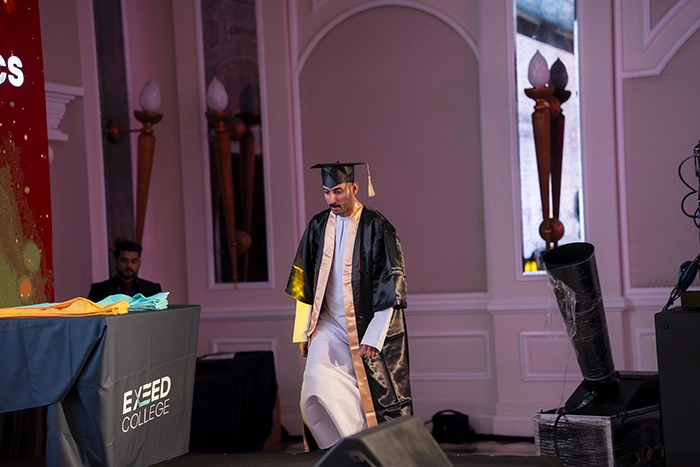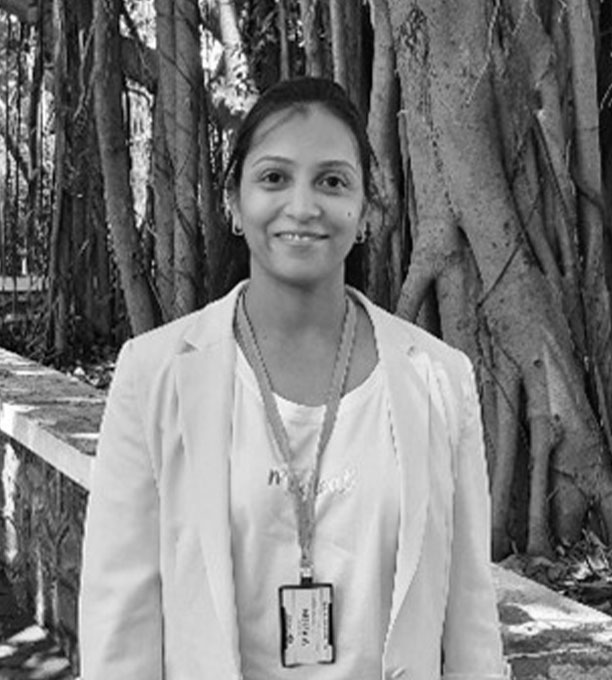

PG Diploma in Computer Vision
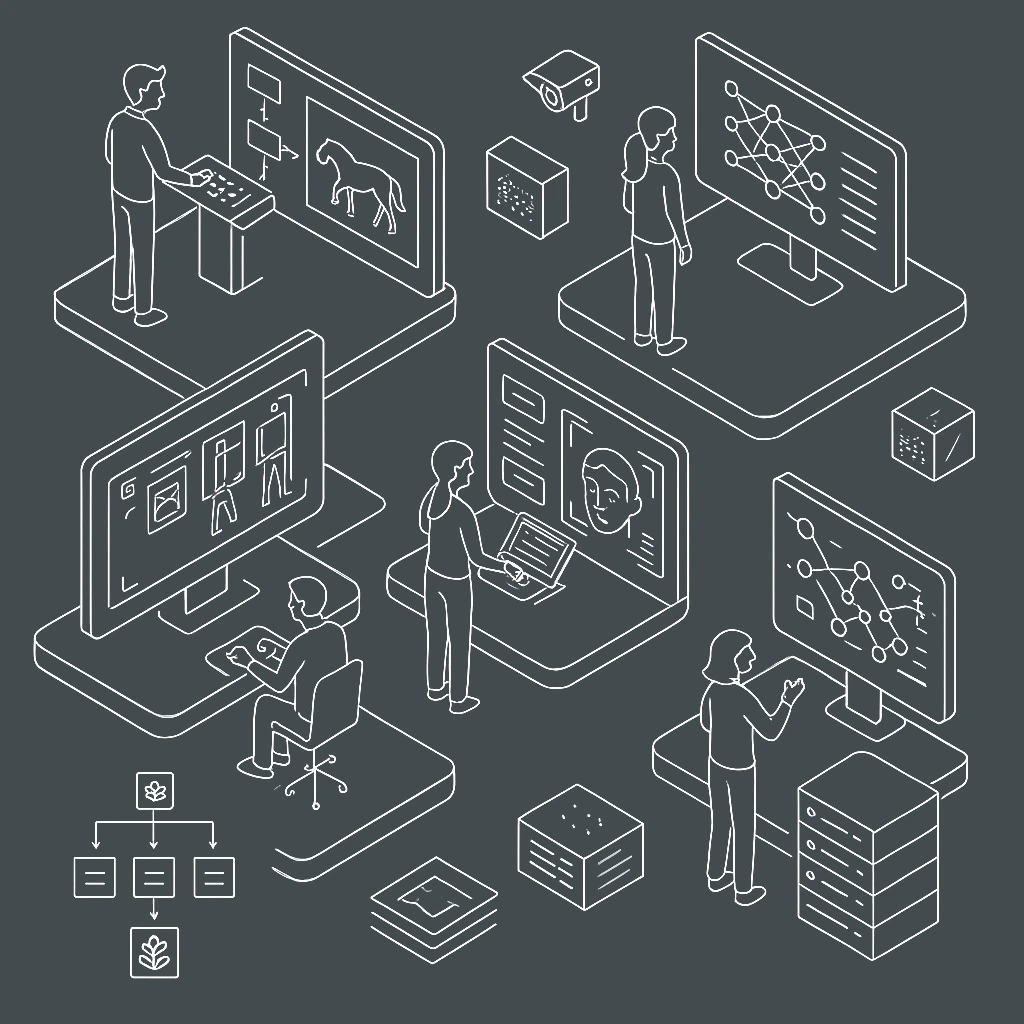

- Duration
9 Months
- Modules
7 Modules
- Assignments
6 Assignments
- Format
Blended Learning
- Projects
3 Projects
- Level
Intermediate to Advanced
Globally Recognized & Accredited:


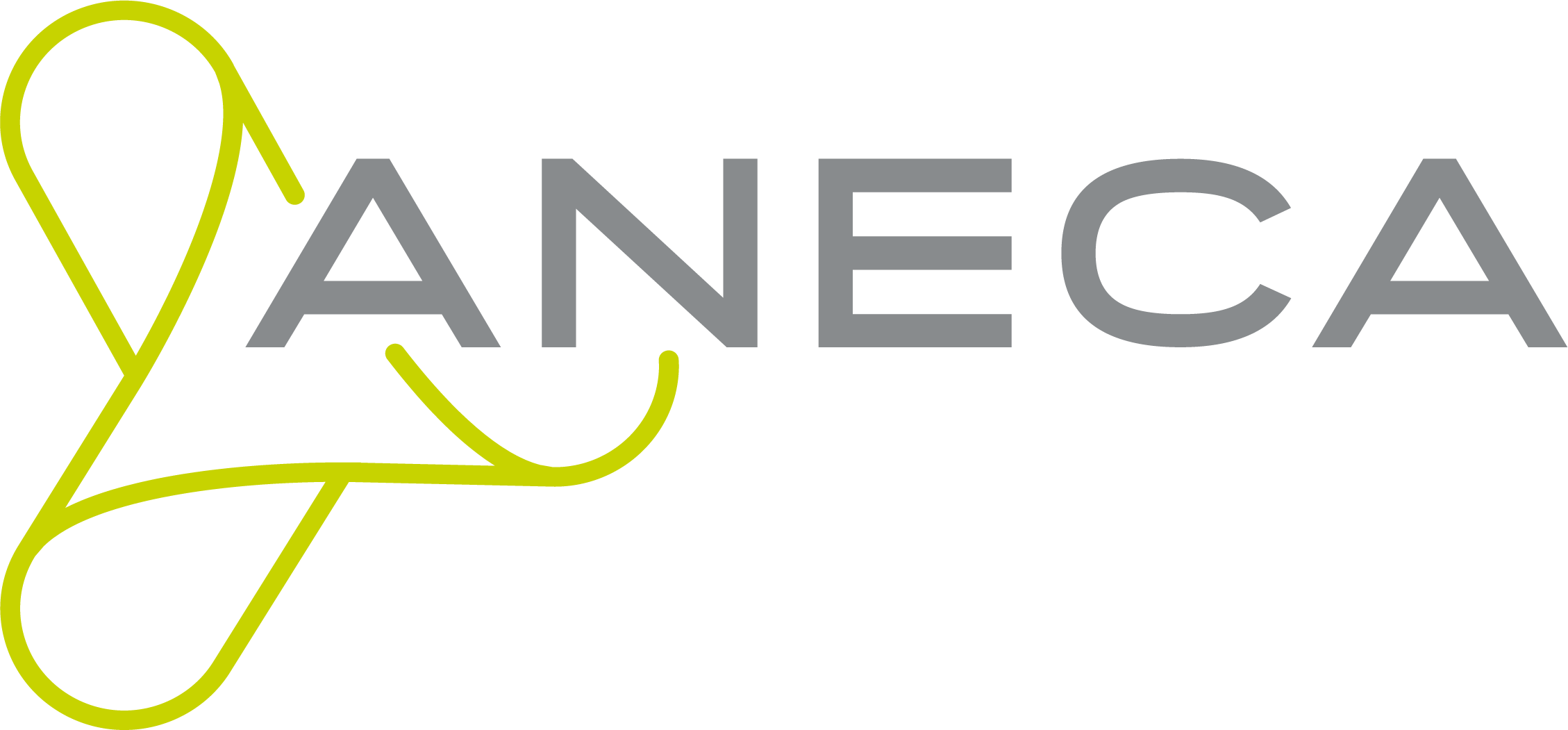

Students Trained Globally
Industry-Aligned Programs
Countries with Active Alumni
Career Transition Success
- Industry-Standard Technology Stack
Tools & Technologies That Power Success
Master the complete data science ecosystem with hands-on experience using industry-leading tools and frameworks. Our Advanced Program in Data Science equips you with practical skills in Python programming, data manipulation, visualization, and machine learning – preparing you for real-world data challenges.
- Production-Ready Skills
- Industry-Relevant Tools
- Hands-On Learning
Python

MySQL

Anaconda
Jupyter Hub
Pandas
NumPy
Seaborn
Matplotlib
Excel
GIT
HTML

CSS
- Industry-Standard Technology Stack
Tools & Technologies That Power Success
- Production-Ready Skills
- Industry-Relevant Tools
- Hands-On Learning
Python

MySQL
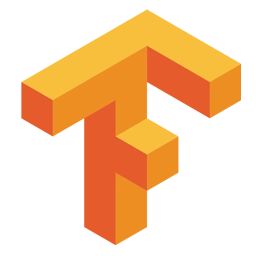
TensorFlow

Jupyter Hub
Pandas
NumPy
Seaborn
Matplotlib
Keras

OpenCV
PyTorch

Anaconda
Universidad Católica de Murcia, PG Diploma
Universidad Católica de Murcia (UCAM), founded in 1996, is a fully-accredited European University based out of Murcia, Spain. With learning centres in the Middle East and Southeast Asia, UCAM aims to provide students with the knowledge and skills to serve society and contribute to the further expansion of human knowledge through research and development. The university offers various courses, including 30 official bachelor’s degrees, 30 master’s degrees and ten technical higher education qualifications through its Higher Vocational Training Institute, in addition to its in-house qualifications and language courses. The programmes offered are distinguished in Europe and worldwide, with good graduate employability prospects as well. UCAM is accredited by ANECA (National Agency for Quality Assessment and Accreditation of Spain) and the Ministry of Education regarding 17 of its undergraduate degrees.

Eligibility
Prerequisites
Course Modules
Your Success Story Starts Here
Every image here tells a story of transformation, dedication, and success. Be the next to wear the cap and gown. Enroll today, and let your journey begin.
Student Reviews
Every student has a story—of ambition, of challenge, of growth. In their own words, they share how Airtics became a turning point in their learning journey and helped them move closer to their goals.
Mohammed Ajmal

Airtics offers a truly transformative learning experience. The course content is up-to-date, the mentors are incredibly supportive, and the flexibility of the online platform made it easy to balance with my work. Highly recommended for anyone looking to upskill!
- Verified Review
Mohammed Ajmal

Airtics offers a truly transformative learning experience. The course content is up-to-date, the mentors are incredibly supportive, and the flexibility of the online platform made it easy to balance with my work. Highly recommended for anyone looking to upskill!
- Verified Review
Mohammed Ajmal

Airtics offers a truly transformative learning experience. The course content is up-to-date, the mentors are incredibly supportive, and the flexibility of the online platform made it easy to balance with my work. Highly recommended for anyone looking to upskill!
- Verified Review
Mohammed Ajmal

Airtics offers a truly transformative learning experience. The course content is up-to-date, the mentors are incredibly supportive, and the flexibility of the online platform made it easy to balance with my work. Highly recommended for anyone looking to upskill!
- Verified Review
Real-World Capstone Projects
Face Detection And Identification
Object Detection For Blood Cells
Medical Image Classification
Learn from Industry Leaders & Experts
Learn from the best in the field. Our faculty combines academic brilliance with industry expertise, featuring PhD holders, senior data scientists, and AI researchers from top organizations.
Global Student Community
Students from 60+ Countries Worldwide
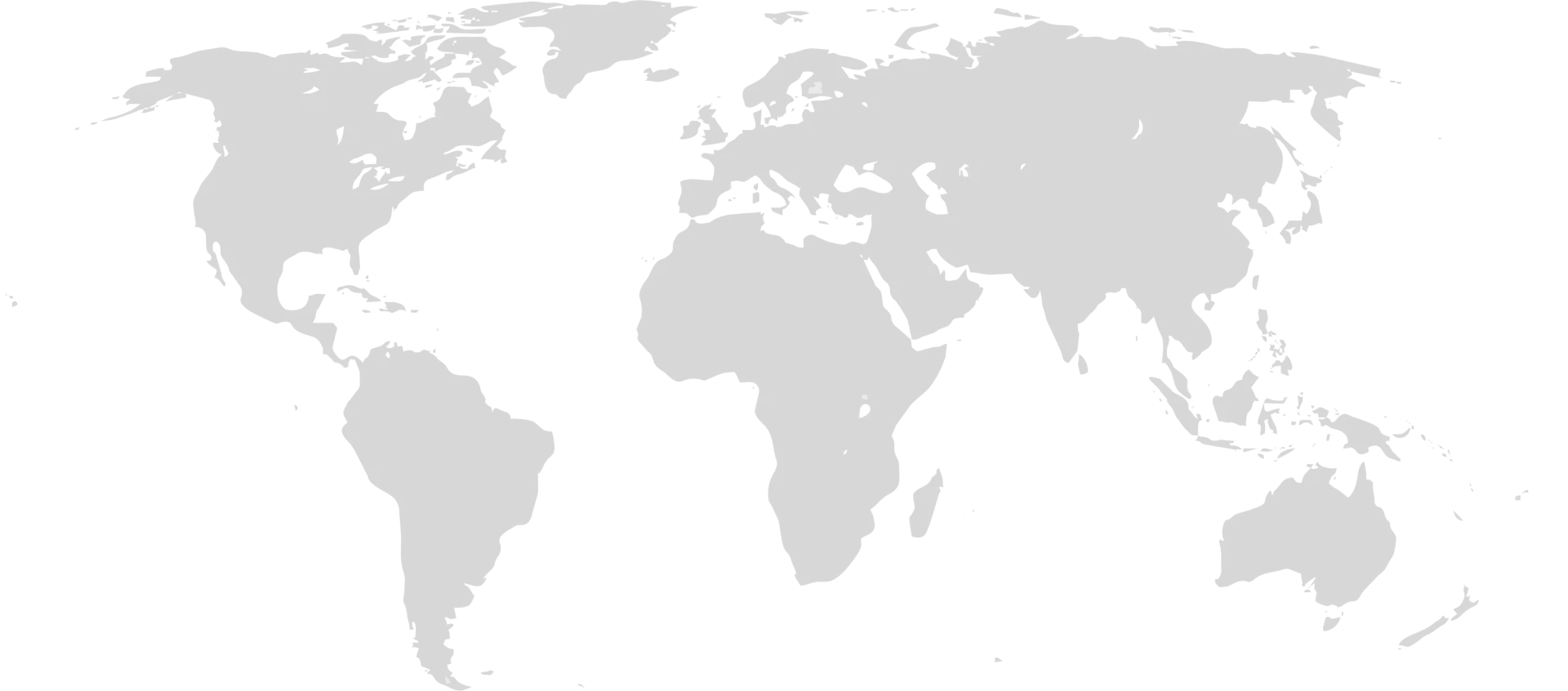


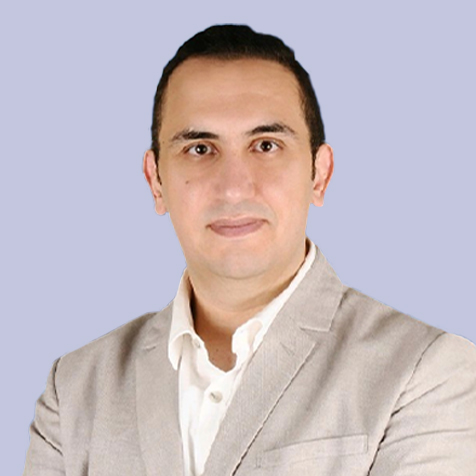
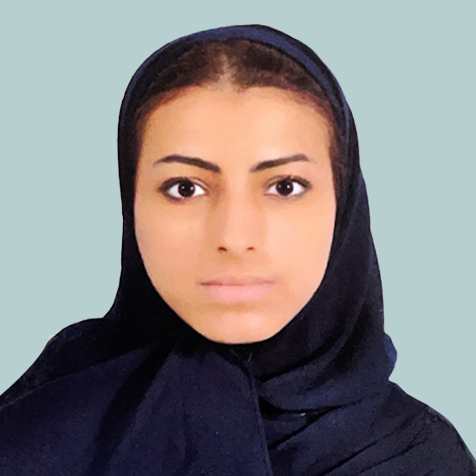

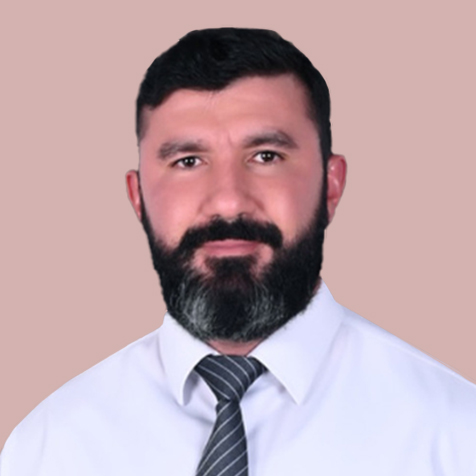
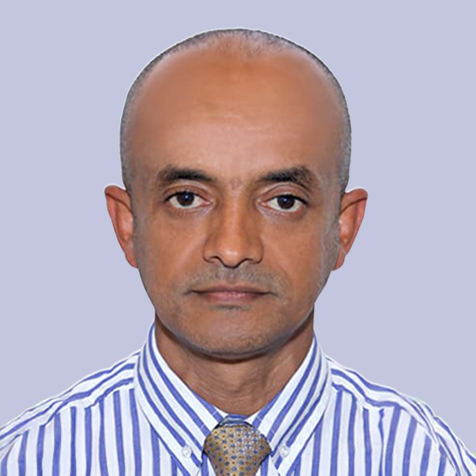
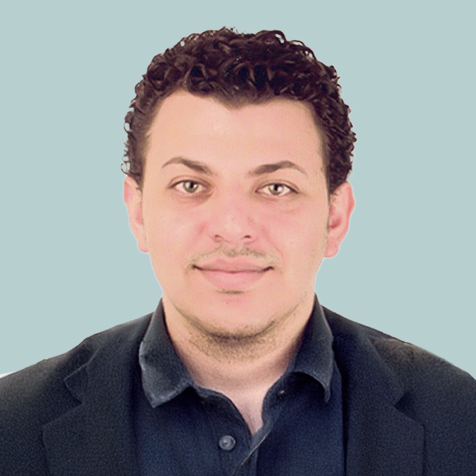
Frequently Asked Questions
Find answers to common questions about our PG Diploma in Computer Vision. Learn about program details, requirements, and what to expect from this 9-month certification course.
With that in mind, if you’re interested in becoming a computer vision engineer, you’ll need to have a strong knowledge of mathematics, specifically data science, calculus, and linear algebra.
